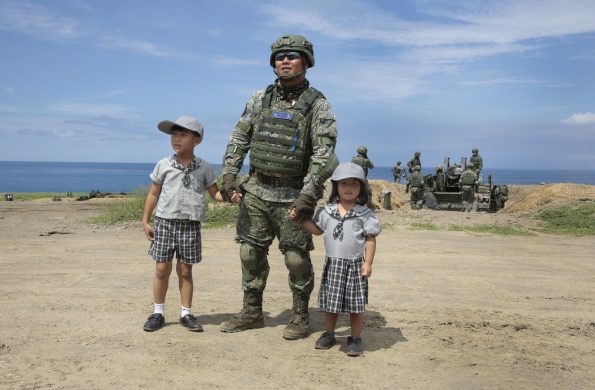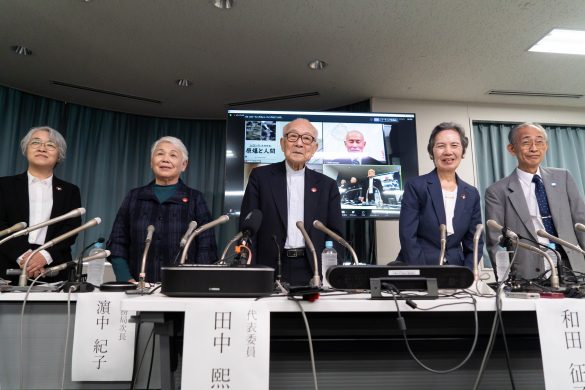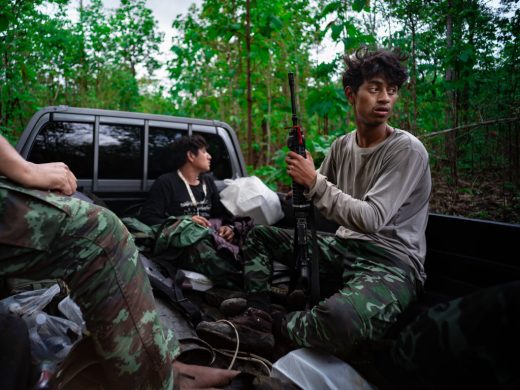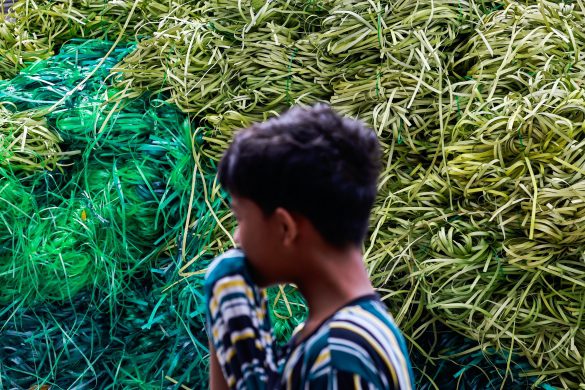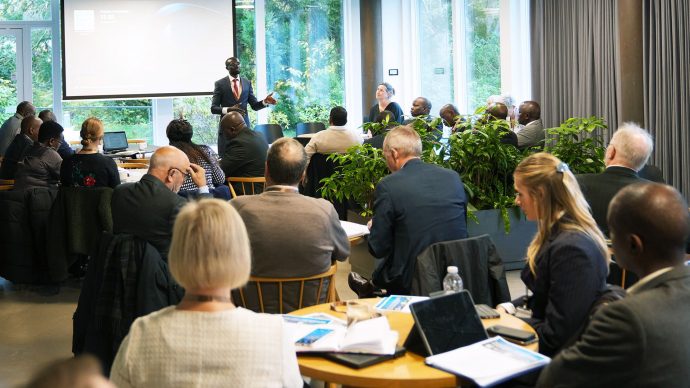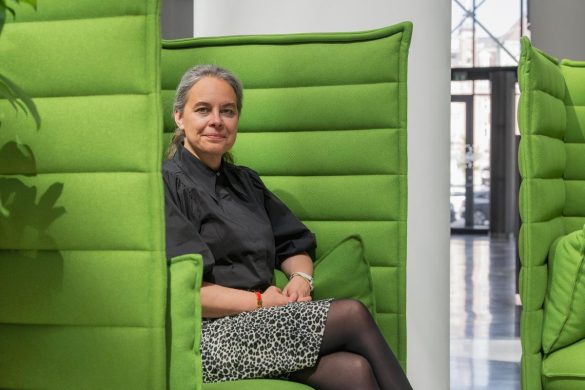ST. PETERSBURG, Russia, 23. November, 2010: World Bank Group President Robert B. Zoellick said Tuesday the institution hoped to provide about 100 million US dollar (ca. 540 mio. DKR) to save the wild tiger by supporting wildlife habitat protection and stopping the illegal trade in tiger body parts.
The World Bank is working with tiger range countries to prepare one regional project for South Asia worth around 100 million dollar and another in Southeast Asia that could both be presented for consideration in 2011 to its executive board.
Speaking to leaders at the First International Tiger Forum in St. Petersburg, Zoellick committed the World Bank to supporting the 13 tiger range countries in their struggle to crack down on the criminals whose poaching and trafficking had decimated the number of wild tigers to about 3.200.
Signaling a shift In policy, Zoellick said the World Bank would from now on emphasize “smart green” infrastructure development and would not finance infrastructure in core tiger areas.
– First, the World Bank is working with Nepal, Bangladesh, and Bhutan, and we hope India, to finance a South Asia regional Wildlife project of approximately 100 million. Our cooperating partners include WWF, IUCN, TRAFFIC, IFAW, WCS, and others, Zoellick told the gathering.
– Second, we will work on a similar project with tiger range countries in Southeast Asia, as well as with CITES, Interpol, UNODC, WCO, and, most importantly regional institutions, such as ASEAN-Wildlife Enforcement Network to stop the illegal trade and trafficking in tiger body parts. This could include additional finance, he added.
Subject to approval by the World Bank’s board of executive directors, the 100 million dollar would be disbursed as grants or no to low interest loans to support regional approaches to conserving wildlife, with a particular emphasis on saving the tiger, seen as a so-called “umbrella species” whose well-being reflects the wider well-being of biodiversity.
The money for the South Asia regional project would pay to train border officials, improve the management of protected areas, and help governments strengthen laws and institutions.
Turning a page in the Bank’s approach to development and biodiversity, Zoellick said the World Bank would not only maintain ecosystems but also enhance them through its infrastructure investments.
– The World Bank will not finance any infrastructure projects that impact core tiger breeding areas – areas that the tiger range countries plan to make inviolate (ukrænkelige), he said.
– Bricks and mortar should not bury biodiversity. Critical ecosystems should not be paved over for short-term economic gains, he added.
Held in the year of the tiger, this first ever gathering of tiger range countries committed to the Global Tiger Recovery Program that aims to double the number of wild tigers to 7.000 by 2022, the next year of the tiger.
The proposed 100 million dollar from the International Development Association, the World Bank’s fund for the poorest, would be an almost one-third down payment (penge på bordet) on the 350 million that the Global Tiger Recovery Program is estimated to cost.
The balance will be sought from governments and other International Financial Institutions.
The meeting in St. Petersburg was hosted by Russian Prime Minister Vladimir Putin with the strong support of Zoellick and attended by the prime ministers of Bangladesh, China, Laos, and Nepal as well as by ministers from the other tiger range countries, conservation and law enforcement groups, and celebrities from the film and fashion world.
The Global Tiger Initiative (http://www.globaltigerinitiative.org) was launched by the World Bank and civil society partners in 2008.
The key difference to past attempts is that the tiger range countries are in charge of efforts to save the wild tiger and the coalition draws on the best from science, conservation, non-governmental organizations, law enforcement, and others.
Zoellick noted that the World Bank was working with Nepal, Malaysia, WWF and other interested parties to develop the Wildlife Premium Market Initiative to complement the UN’s program on Reducing Emissions from Deforestation and Forest Degradation, known as REDD+.
The Wildlife Premium Market Initiative would give a value to the wildlife in forests and make payments to local communities to protect it, including the wild tiger.
More generally, the Bank was working with governments to “green” their national accounts so their balance sheets reflected the value of forests and wildlife, particularly for local communities. This natural wealth accounting, announced in October by Zoellick at the Nagoya biodiversity conference, could help countries assess the value of tiger landscapes, for example as eco-tourism destinations.
– Time is short. With only about 3.200 tigers left in the wild, we have little margin for error. This summit is highlighting the last chance for this incredible animal, said Zoellick.


